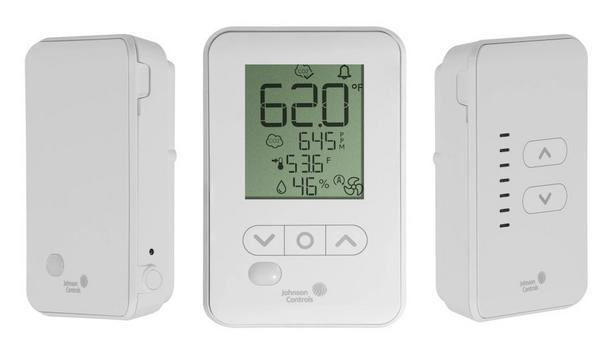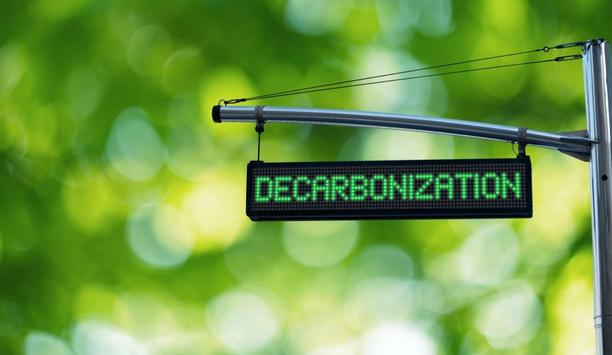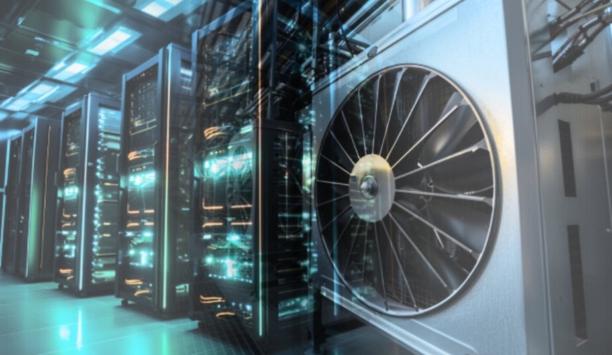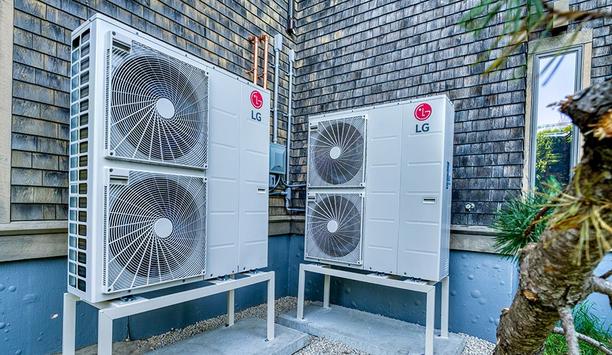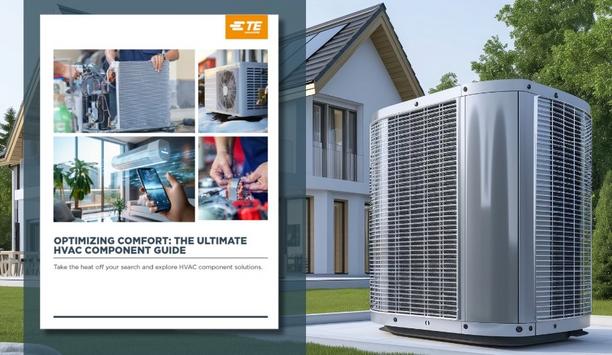The comfort of the home relies heavily on the efficiency of the heating and cooling system. It’s the best way to maintain optimal temperatures during the winter chill and the summer heat, ensuring the home is always perfectly comfortable. However, like every other technical aspect of the homes, HVAC systems have a lifespan, and knowing when to replace them can be a game-changer for the comfort and the pocket.
In this article, Australian Climate will discuss the signs the heater or air conditioner might need replacing, the benefits associated with this, whether the user should repair or replace it, and the approximate lifespan of different systems.
Benefits of a New Heating and Cooling System
A cutting-edge HVAC system is a key player in the home’s overall functionality, comfort, and environmental footprint.
The advantages of investing in a new heating and cooling system are numerous, for reasons of cost efficiency, indoor air quality, and environmental sustainability.
Energy efficiency
Homeowners can expect a significant decrease in their energy consumption and, by extension, their energy bills
One benefit of a modern heat pump or air conditioning unit system is its energy efficiency. With more advanced technology, these systems are capable of producing the same level of heating or cooling as their older counterparts but at a fraction of the energy cost.
As a result, homeowners can expect a significant decrease in their energy consumption and, by extension, their energy bills. If users noticed a consistent rise in energy costs, despite no equivalent change in energy usage, it may be a sign that the current climate control system is not operating as efficiently as it could be.
Financial advantages
Beyond the financial advantages, newer heating and cooling systems also offer a considerable improvement in the comfort level of the home. They are better at maintaining consistent indoor temperatures, eliminating the discomfort of hot or cold spots. Modern HVAC systems also come equipped with superior air filtration technology.
This feature works wonders in reducing the presence of dust, allergens, and other indoor air pollutants, improving the overall air quality in the home. If a user or a family member suffers from allergies or other respiratory issues, upgrading the HVAC system could significantly alleviate those symptoms.
Environmental impact
Lastly, and perhaps most importantly, is the environmental impact of a new HVAC system. In an era where sustainable living is no longer just a trend but a necessity, choosing an energy-efficient HVAC system aligns with global efforts to reduce greenhouse gas emissions.
By consuming less energy, these systems create fewer emissions, making the home greener and more eco-friendly. It’s an investment that not only benefits users and the family but also the environment at large.
When Does the HVAC System Need Replacement?
Recognizing the signs that suggest the heating and cooling system may be due for replacement can be tricky
Recognizing the signs that suggest the heating and cooling system may be due for replacement can be tricky. However, understanding these indicators can save users from unexpected breakdowns and skyrocketing energy bills.
One of the most crucial factors to consider is the age of the system. On average, most HVAC systems are designed to last about 10 to 15 years. So, if the heating and cooling system falls within this age bracket and is giving users a hard time, it might be more financially savvy to invest in a new energy-efficient model. There’s no need to pour money into repair costs on a unit that likely won’t last much longer!
Frequent repairs
If the user finds himself calling the HVAC technician more frequently than the user calls friends, it could be a clear sign that the system is nearing its end.
Frequent repairs indicate underlying issues that might require substantial investments to fix. In these cases, it may be better to use this money to purchase a new unit entirely.
A sudden spike in utility bills
Another sign is a sudden spike in utility bills. If users notice the bills are steadily increasing but the usage pattern hasn’t changed, it could be a sign that the HVAC system is losing its efficiency.
As systems age, they have to work harder to maintain the same level of comfort, resulting in higher energy consumption. While these symptoms might seem alarming, they don’t necessarily mean the HVAC system needs immediate replacement.
Regular servicing
It might be a minor issue that needs fixing, or it could be a sign that the system is not being maintained properly
It might be a minor issue that needs fixing, or it could be a sign that the system is not being maintained properly. Regular servicing can help identify potential issues.
However, if user’re experiencing more than one of these signs, it’s advisable to consult a qualified climate control professional. They can thoroughly inspect the system, diagnose the problem, and provide users with an informed recommendation on whether repair or replacement would be the most cost-effective solution.
Should the user Repair or Replace the System?
When users are faced with a malfunctioning heating and cooling system, the dilemma often boils down to two primary options: should the user undertake the heating and cooling repair process, or replace it altogether?
This decision can significantly impact household comfort, energy efficiency, and finances.
Costs
The first factor to consider is cost. Repairs can be a cost-effective solution if it is a simple repair and the system is relatively new. However, if users find themselves constantly calling the HVAC technician for frequent repairs, the costs can quickly add up.
In such cases, the user should weigh the cumulative cost of these repairs against the price of a new system. Users might find that the initial cost outlay of a new system will quickly pay itself off if user’re shelling out for repairs all the time!
Age of the HVAC system
On average, HVAC systems are designed to last between 10 to 15 years with regular maintenance
The second factor is the age of the HVAC system. On average, HVAC systems are designed to last between 10 to 15 years with regular maintenance.
If the system is nearing or has surpassed this age range and is causing user problems, it might be wise to invest in a new system.
Energy efficiency
Energy efficiency is the third factor to consider. Modern HVAC systems are designed with energy conservation in mind.
This means they consume less power to produce the same amount of cooling or heating as their older counterparts. If users are tired of high cooling costs, talk to a specialist about a new, more energy-efficient model.
Energy Rating Label
But how can users tell if the system is energy efficient? Look for the Energy Rating Label on non-ducted systems. The more starts, the more energy-efficient the system. If the current system has a low star rating, it might be time to consider an upgrade.
However, the decision to repair or replace isn’t always black and white. Other factors could sway the decision. For instance, if user’re planning to sell the home shortly, a new HVAC system could increase its market value. Likewise, if users are dealing with a discontinued model, finding replacement parts could be challenging for repairs.
The Lifespan of Heating and Cooling Systems
The longevity of HVAC systems is not a simple question. It can differ significantly based on the type of system, its usage, and its maintenance regimen. Regular servicing prolongs the HVAC system’s lifespan by ensuring efficient operation and early detection of potential issues.
The average lifespan of different types of heating or cooling systems are:
- Window-mounted air conditioning – 8 years
- Ducted air conditioning – 10 to 15 years
- Ducted reverse cycle – 15 to 20 years
- Single unit split systems – 10 years
As the user can see, different units have drastically different optimal periods of operation. However, one key action on the part can universally keep them running well for longer: regular maintenance.
Regular maintenance
Regular maintenance is the cornerstone of a long-lasting HVAC system. This includes routine checks, cleaning, and replacing air filters, which not only extend the life of the system but also enhance its efficiency, contributing to lower energy bills.
- To make the most of regular maintenance, invest in professional maintenance. A trained climate control technician can spot and rectify potential problems before they become major issues.
- Second, try to maintain a stable temperature in the home. Constantly changing the thermostat can put additional strain on the system.
- And finally, ensure the system is the right size for the home. A system that is too large or too small will have to work harder, reducing its lifespan.
However, it’s also important to recognize that sometimes, despite the best efforts, HVAC systems may fall short. Factors such as excessive use, harsh weather conditions, excessive dust in the home, clogged filters, and lack of regular maintenance can contribute to a shorter lifespan. For example, a cooling system that is constantly running in an extremely hot climate will likely wear out faster than one in a temperate region.
The HVAC Replacement Process
Replacing the heating and cooling system is a significant undertaking, but understanding the process can help it feel less overwhelming.
The process usually consists of three steps: system selection, installation, and testing. Let’s delve into these steps in more detail.
Replacement process
There are various types of heating and cooling systems to consider, each with its unique features
Firstly, selection is an essential step in the replacement process. There are various types of heating and cooling systems to consider, each with its unique features and benefits. Users need to think about factors like the local climate, the home’s size, and the desired energy efficiency. It’s also crucial to consider the system’s lifespan, as different climate control systems can vary in longevity based on their type and maintenance levels.
While the user can do the research, a qualified HVAC professional can guide the user through the selection process, offering expert advice tailored to the specific needs and circumstances.
System installation
The next step is the installation of the chosen system. This process involves removing the old unit and installing the new one, ensuring that all components are correctly fitted and connected.
A professional heating and cooling technician will execute this with precision and care, minimizing any disruption to the home. Remember, the quality of installation can significantly influence the system’s efficiency and lifespan, so it’s worth investing in a trusted professional.
Rigorous testing
After installation, the HVAC system will undergo rigorous testing to ensure it is operating as it should. The technician will check the system’s performance under various conditions, fine-tuning the settings for optimal comfort and energy efficiency. They will also make sure that the system delivers consistent temperatures and superior air quality for comfort.
While the installation timeframe can vary depending on complexity, typically, the user should expect the process to take a couple of days. The chosen climate control professional at Australian Climate will provide a more precise timeline based on the specific situation.







